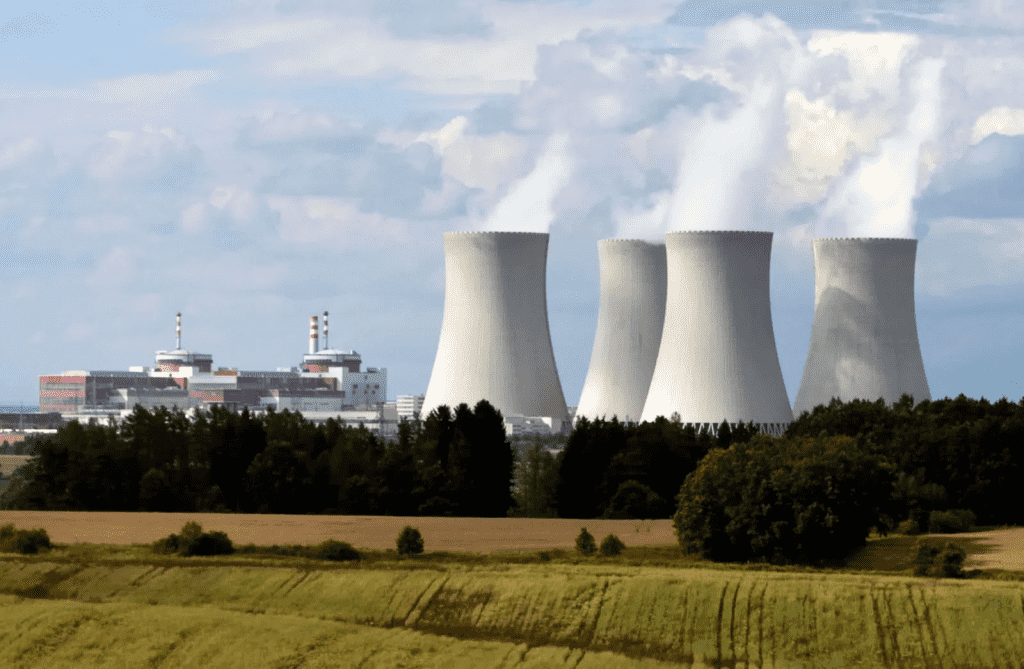Climate change is forcing humanity to change its ways or prepare for doomsday.
The thing with nuclear reactors is that they produce 8000 times more energy and are way more environmentally friendly in comparison to fossil fuel-generated energy. The only drawback is nuclear disasters. Incidents such as the 1986 Chernobyl incident and the 2011 Fukushima disaster can not be ruled out.
Now, a new molten salt micro-reactor system conceived by professor Matthew Memmott and colleagues from Brigham Young University (BYU) may change the game. Not only is it safe, but it also is poised to settle a lot of other issues attached/attributed with nuclear energy.

The majority reactors being used by the US are Light-Water Reactor. These operate with a continuous inflow of water to keep the temperatures of the reactor at a manageable level. If, at any point and time the water flow is halted there is a massive probability that the whole facility will meltdown. The light-water reactors split uranium atoms to create energy, with leftover materials and heat stored in solid fuel rods.
The idea with the team of scientists at BYU is that instead of storing the energy in the fuel rods, the leftover energy will be stored in molten salt.

“Nuclear energy can be extremely safe and extremely affordable, if done the right way,” Memmott explained. “It’s a very good solution to the energy situation we’re in because there are no emissions or pollution from it.”
The new micro-reactor proposal would dissolve all of the radioactive byproducts in molten salt. All the radioactive by product will dissolve in the molten salt. The catch here is that salt has an extremely high melting point, 550°C. The heat being radiated by the by the radioactive elements will be absorbed by the salt which in turn would not remelt, removing the risk of a meltdown.
Not just the risk of meltdown is catered for, nuclear waste is also eliminated. Some of the byproducts of the process can also be extracted from the salt and resold. Valuable elements such as cobalt-60, gold, platinum, and neodymium can all be removed from the salt. It is not the first-time work has commenced on a salt reactor. They date back to 1960s, and these recent developments are at the heart of the surge in experiments pertaining to the molten salt reactors.
Moreover, the molten salts are fully reusable.

“As we pulled out valuable elements, we found we could also remove oxygen and hydrogen,” Memmott said. “Through this process, we can make the salt fully clean again and reuse it. We can recycle the salt indefinitely.”
The core of a regular nuclear power plant usually covers an area of 30 ft x 30 ft and is constructed in an exclusion zone measuring a little over one square mile to decrease the risk of radiation. But that is not the case with the BYU scientist’s molten salt nuclear micro-reactor as it is set to be measured in at 4 ft x 7ft.
The micro-reactor has the ability to be housed in a 40-foot truck bed.
“For the last 60 years, people have had the gut reaction that nuclear is bad, it’s big, it’s dangerous,” Memmott explained.
“Those perceptions are based on potential issues for generation one, but having the molten salt reactor is the equivalent of having a silicon chip [in computing]. We can have smaller, safer, cheaper reactors and get rid of those problems.”
The work being carried out by the BYU professors is destined to open pathways in generating safe nuclear power and not just that safe and portable nuclear power. All you need is a 40 foot bed truck, that’s it!


